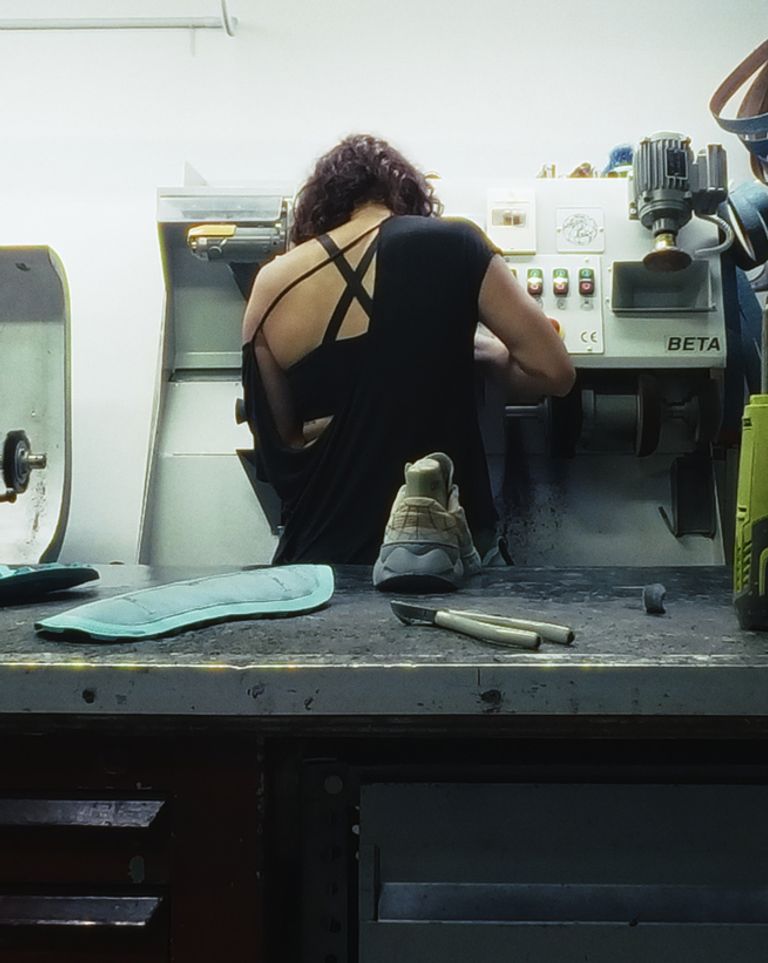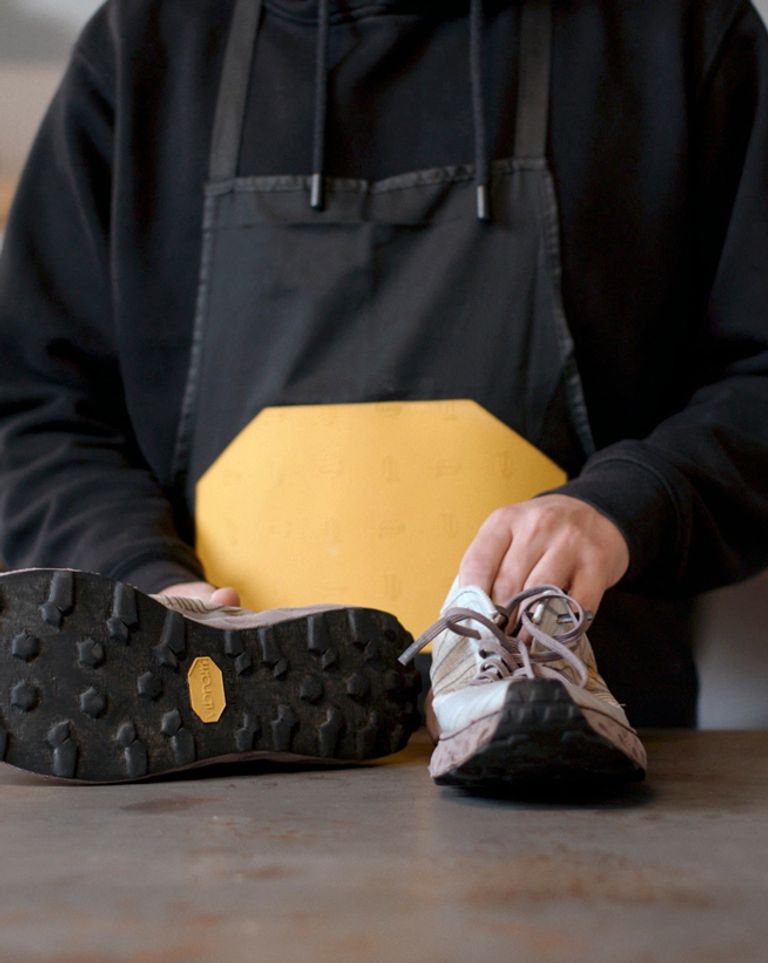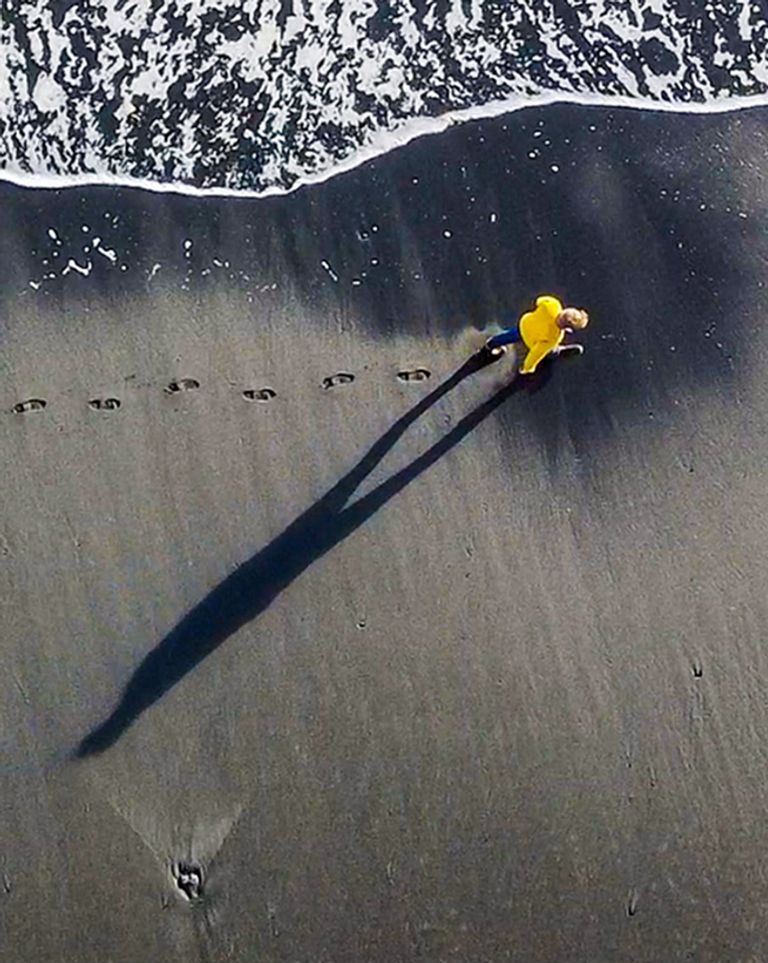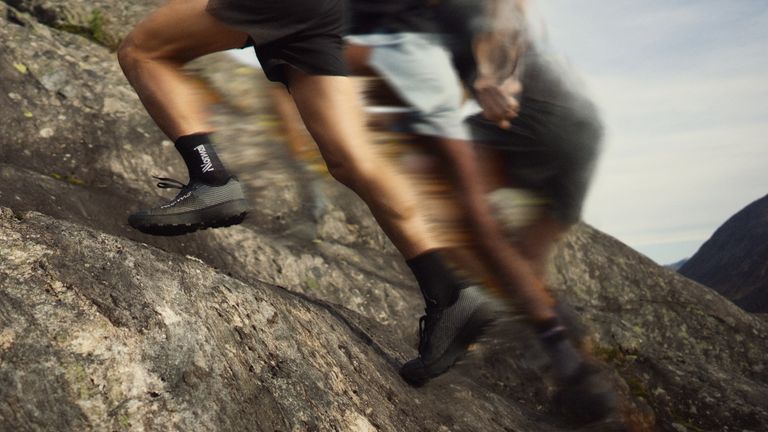
Durability
Replace less. Do more.
We design gear to last. Our goal is to reduce waste, withstand wear and tear, and stay in use longer. The longer our products endure, the smaller our impact on the planet. But durability isn’t just about strength. It’s also about care. That’s why we encourage proper maintenance, offer repair solutions and create systems for recycling and reuse.
Beyond making long-lasting gear, we extend its life through refurbishment and give materials more life through recycling. The better we take care of our gear, the longer it takes care of us.
Backed by champions
“I am proud to have raced an entire season – Zegama, Sierra Zinal, Hardrock, and UTMB® – in the same Kjerag shoe. About 800km later, it was the best test, with the best outcome. I also kept wearing them for training too.”
— Kilian Jornet, Co-founder of NNormal

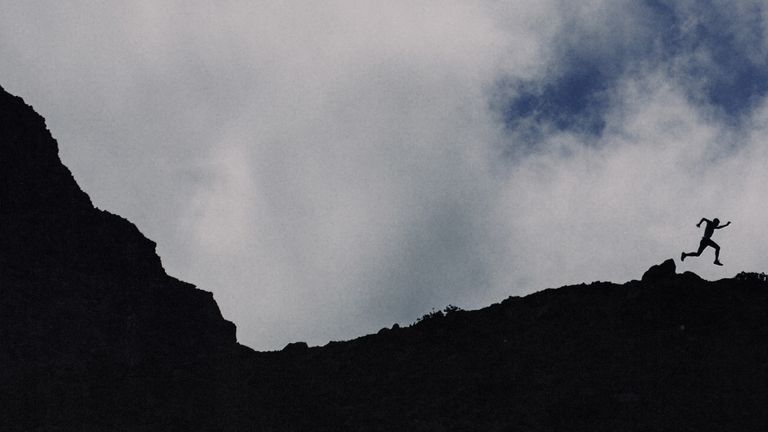
Durability takes you places
More kilometres, fewer emissions
At NNormal, durability is our mission. The longer your gear lasts, the lower its environmental impact. Fewer replacements means less consumption, fewer emissions. That’s why we obsess over building products that go the distance.
Kjerag, tested and proven
We set out to answer a simple question: how far can Kjerag shoes take you? After gathering data from 511 runners of all levels, we estimated + 1.000 km before they’re fully worn out based on the research.
Tomir 02: Tried. Trusted
In collaboration with IESE University, we pushed the Tomir 02 to its limits. We set out to discover its durability with over 7,000 runners worldwide. The results? An average lifespan of +800 km under standard trail conditions. But for us, that’s only the beginning.
Designed for the long run: durability and care
Design principles to endure
Keep it simple
We use a single main material on the uppers of our shoes to ensure a clean and cohesive design.
Efficient patterns
Every design maximizes our materials to reduce waste.
Timeless style
Designed to outlast trends, our products are built to be passed down from one generation of explorers to the next.
Better materials for every adventure
We design products that use leading technologies and durable, quality materials. We do so in order to help everyone find their own path in nature. Run, hike, walk and enjoy the planet we’ve been gifted.
Shoe material
Every detail of our shoes is crafted for durability. Partnering with Matryx®, we make abrasion-resistant uppers with polyamide fibers and Kevlar® threads. Outsoles are designed to shield midsoles for superior protection and longevity. Plus, a 360° nylon thread stitch reinforces key areas to ensure you’re ready for any weather or terrain.
Responsible gear
Built with innovative technologies and durable materials for less impact on the planet.
Merino Wool
Warm, breathable and naturally dirt-resistant. Our Mulesing-free Merino wool is sourced from South America, spun in Italy and crafted into garments in Portugal and Spain. Factories: Petratex, MLS Textiles.
Organic cotton
Soft, certified-organic and GMO-free. Our cotton, grown in Turkey and GOTS and Oeko-Tex certified, is turned into premium garments in Portugal. Factory: Eyand.
Recycled polyester
Lightweight, durable and made for performance. We use recycled and recyclable polyester fibers while exploring innovative synthetic alternatives. Factories: Petratex, MLS Textiles.
Ensuring your gear lasts for a long time
Take care of your gear
Can we really have it all? Gear that lasts longer and performs at its best?
While running is considered a low-maintenance sport, the right gear is essential for comfort, safety and performance. Think: supportive shoes, hydration packs, running vests for snacks, and durable shorts and jackets. But to go the distance, even the best equipment needs extra attention and care.
“For me, taking care of my running gear is an essential thing that I do on a regular basis, it allows the gear to last longer in the best possible condition and that is something I appreciate when I run.”
— Emilie Forsberg, professional NNormal trail runner
Backpacks or vests
Corda totes les sivelles.
Tighten elastic tensioners (if you have them).
Hand rinse to remove sweat, especially after hot-weather adventures – salts can degrade the material over time.
Water bottles, flasks and bladders
Notice a funky odor or taste? Time to wash them.
Add 1 tsp each of bleach and baking soda to the bottle.
Fill with water and let it sit overnight.
Rinse thoroughly or run through the dishwasher.
Air dry completely.
For water reservoirs
Rinse thoroughly after use.
Air dry completely (don’t use a dishwasher).
Footwear
Don’t shy away from getting your shoes dirty, they’re made for adventure. But think twice before tossing them in the washing machine. While it’s convenient, high heat and harsh cycles can weaken the shoe's structure and damage the upper. We recommend hand washing to tread as light as possible.
Post-run:
Wash off the mud before it dries using water (cold or lukewarm).
Use a soft brush, water jet or magic sponge to remove dirt.
Avoid scourers or hard brushes that could damage fabrics.
Drying tips:
Wash insoles separately.
Air dry in a ventilated room, away from direct heat or sunlight.
For dried-dirt:
Once fully dry, use a cleaning brush to gently remove mud and debris.
Apparel
Use a neutral liquid detergent (avoid softeners and soaking).
Wash at or below 30ºC.
Hang upside down in the shade to dry (avoid dryers and irons).
Follow garment-specific care guidelines for technical textiles.
Be responsible
Taking care of your running gear isn’t about just keeping it clean. It’s about making sure it lasts. Proper maintenance protects materials, reduces wear and extends the lifespan of your most loved essentials.
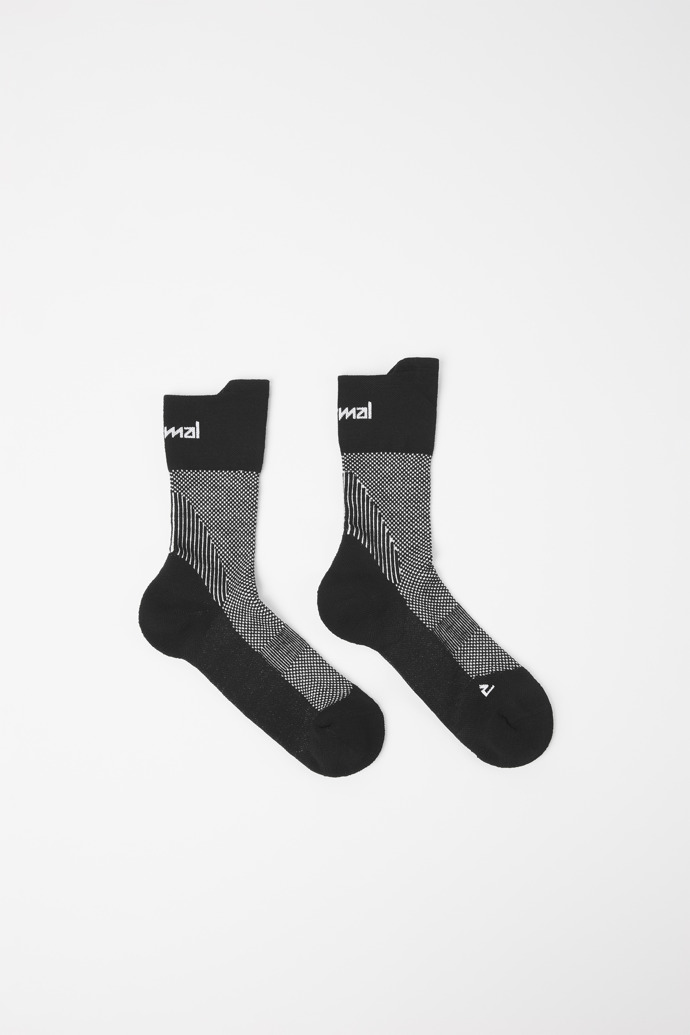
Your NNormal shoes come with a free gift!
1. Add your favourite NNormal Tomir (Tomir 01, Tomir 02, Tomir WP) or NNormal Kjerag 01 shoes to the cart. 2. Once you are ready to order, copy the following code and paste it into the “Promotional code” box in the cart: FREESOCKS24 3. The socks will be automatically added to your cart. 4. Complete your purchase.
